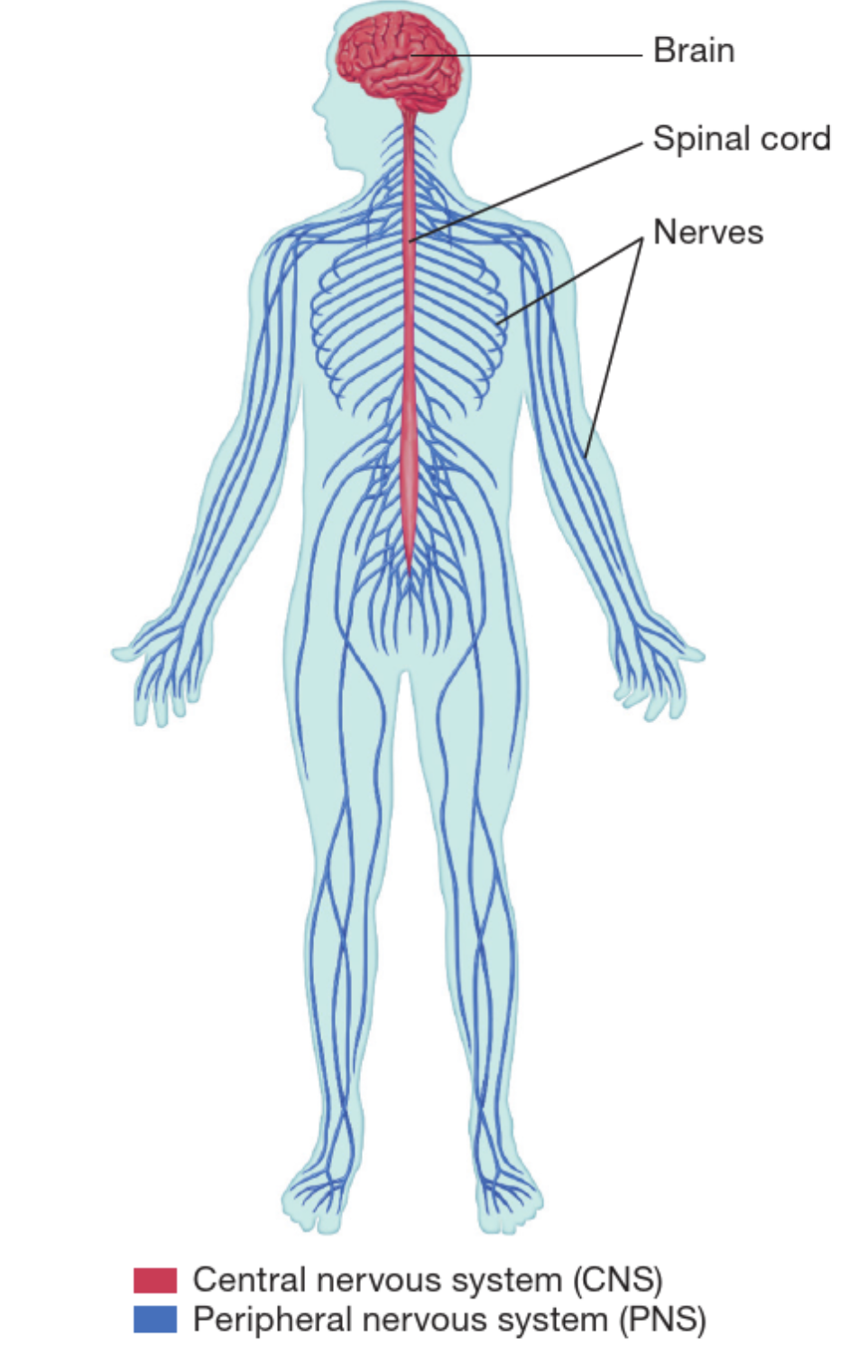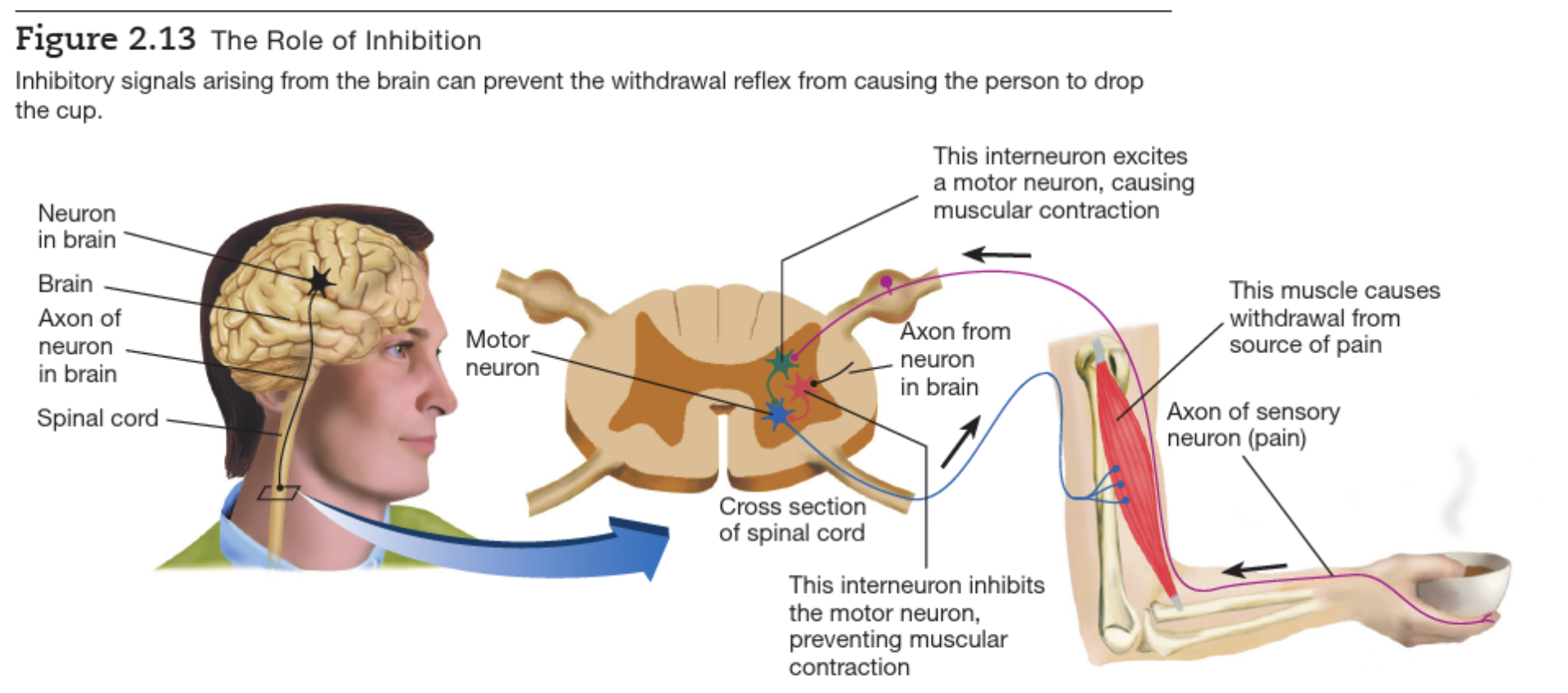Introduction to Neuroscience - 2 + Methods in Neuroscience
PSYC480
University of Canterbury
2/27/23
Karakia Whakatūwhera
Whakataka te hau ki te uru/ Whakataka te hau ki te tonga/ Kia mākinakina ki uta/ Kia mātaratara ki tai/ E hī ake ana te atakura/ He tio, he huka, he hau hū/ Tīhei mauri ora!
Cease the winds from the west/ Cease the winds from the south/ Let the breeze blow over the land/ Let the breeze blow over the ocean/ Let the red-tipped dawn come with a sharpened air./ A touch of frost, a promise of a glorious day.
Kauhau
- Fundamentals of Neuroscience
- Methods in Neuroscience
Fundamentals of Neuroscience
What is Neuroscience?
- Perception, thinking, understanding, control of movement
- Experimental psychology + physiology
- Research: perception, control of movement, sleep and walking, reproductive/ingestive/emotional behaviour, learning, memory
- Examples of neuroscience subfields
- Computational neuroscience
- Tools to conduct neuroscientific research
History
- 7th Century: Descartes and control of behaviour
- 19th Century: Muller and removing organs for study
- Contemporary neuroscience
- Evolution and brain
Ethical Issues
- Animal research
- Human research
Neuron
Structure
- Axon
- Dendrite
- Cell body
Neuron, CNS and PNS
Physiology of Neuron
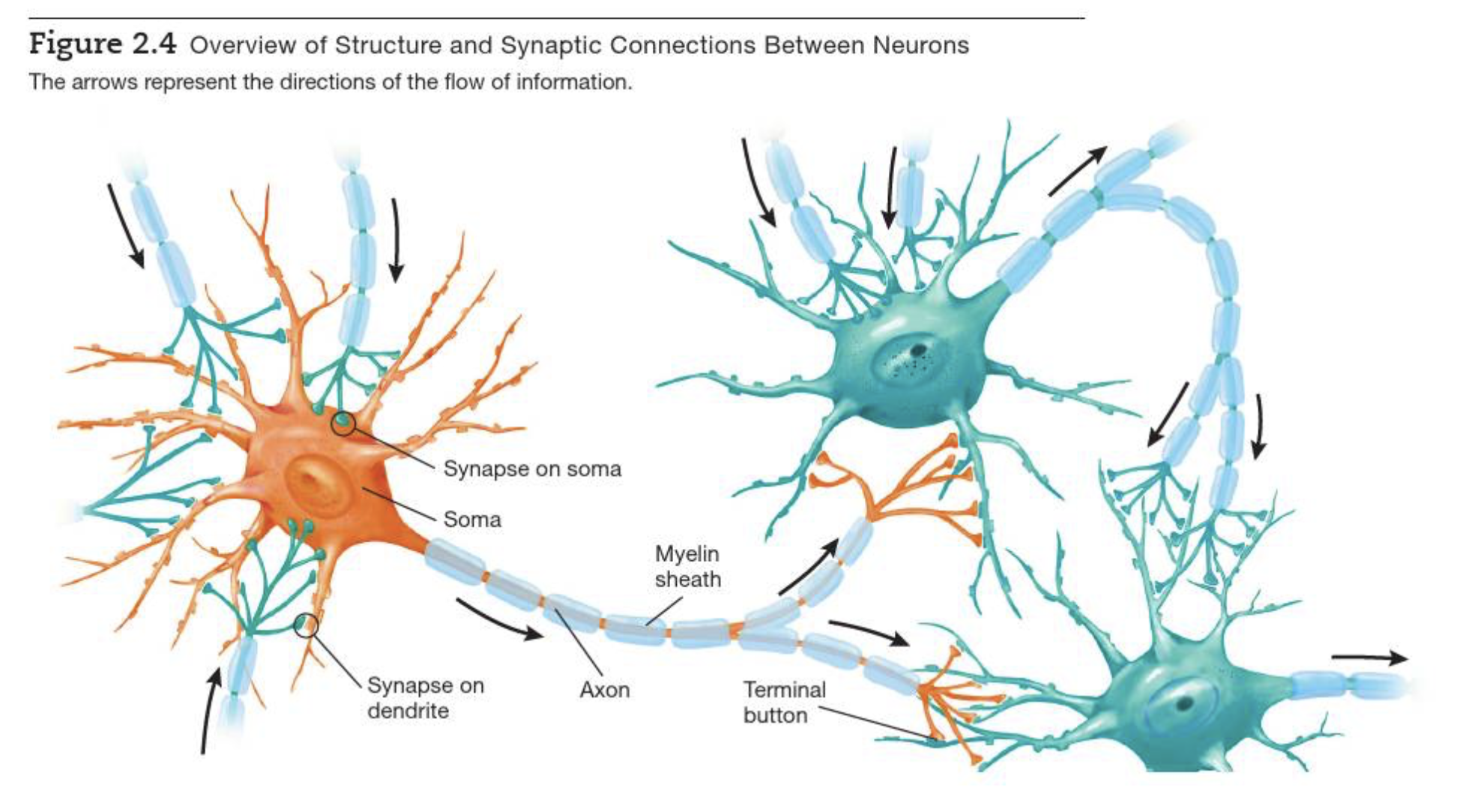
Supporting cells of Neuron
- Glia: nerve glue
- Astrocyte: physical support and clean debris
- Oligodendrocyte: support axons and produce myelin sheath
- Schwann cells: PNS
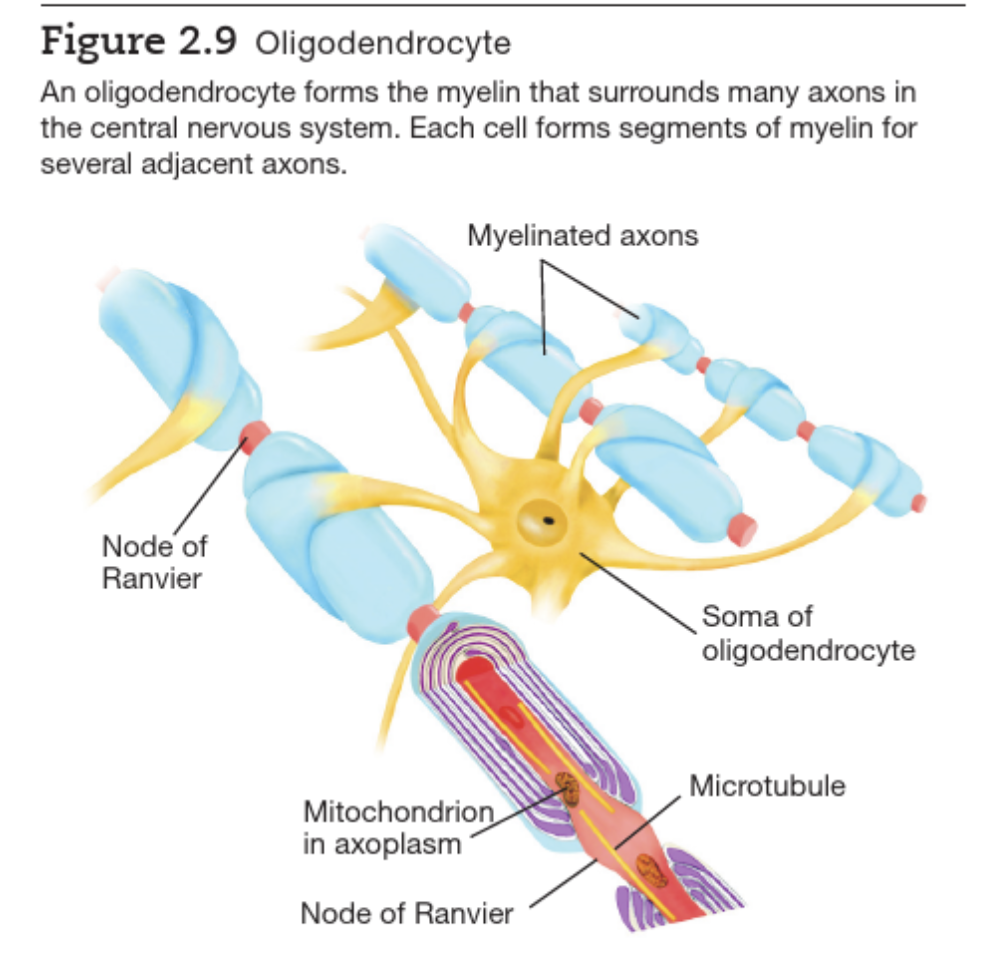
Neuron communication 1
Withdrawal reflex

Neuron communication 2
Inhibition
Action Potential
Electrical event in the neuron
- Negative charge of -70mV inside the axon membrane - resting potential
- Any difference: membrane potential
- hyperpolarisation vs. depolarisation

Synapse
- The role of neurotransmitters
- Presynaptic membrane, synaptic cleft, postsynaptic membrane
- Postsynaptic potentials: EPSP and IPSP
- Termination of postsynaptic potentials
Synapse types

CNS Structure
Brain Development
Pre- and post-natal

Sub-divisions

Cerebral Cortex
- Surrounds the cerebral hemispheres
- Greatly convoluted; consisting of sulci (small grooves), fissures (large grooves), and gyri (bulges between adjacent sulci or fissures)
- Greatly enlarged surface area of the cortex, compared with a smooth brain
Four Lobes

Four Lobes…

Four Lobes…

BREAK TIME
Methods in Neuroscience
Functional Neuroimagining
- Introduction and function
- Uses
- Limitations (functional, spatial, and temporal)
EEG/ERP
- Introduction and function
- Uses
- Limitations
(Cacioppo, Tassinary, and Berntson 2016)
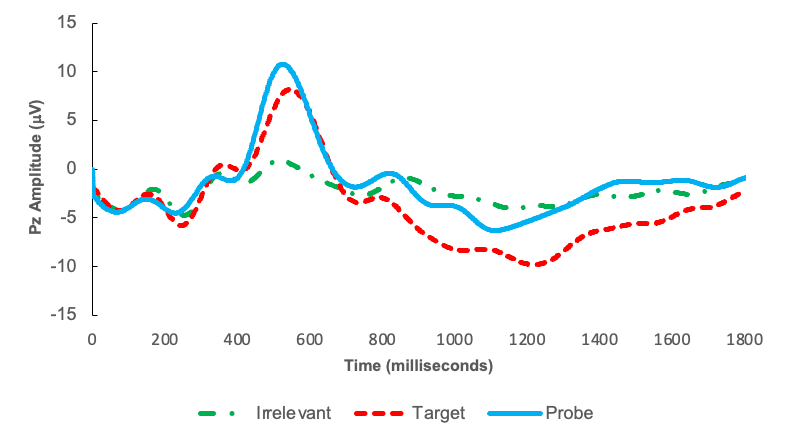
High Performance microsegmentation
- Introduction and Use
- Examples
Microstates

Literature Review/Essay 10%
A 1000 word (3 pages) literature review/essay covering fundamentals of and methods in neuroscience. This exercise will help you dig deeper into the world of neuroscience and having a think about what processes and methods you might use in case you wanted to conduct neuroscientific research. You can select from variety of topics, including but not limited to the history of neuroscience, old methods, contemporary methods, the role of advanced computational modelling, the role of open-science in improving neuroscientific research, the role of online repository and version control tools such as Git and GitHub, etc.
Karakia Whakatūwhera
Unuhia, unuhia/ Te pou, te pou/ Kia wātea, kia wātea/ Āe, kua wātea
Remove, uplift/ The posts/ In order to be free/ Yes, it has been cleared/
